Explore our projects & studies
Explore our projects & studies
From Artificial Intelligence to Human-Computer Interaction and Software Architecture, our research team tackles complex problems across many domains. We seek at providing the best of modern technology for public services, health-care and industry.
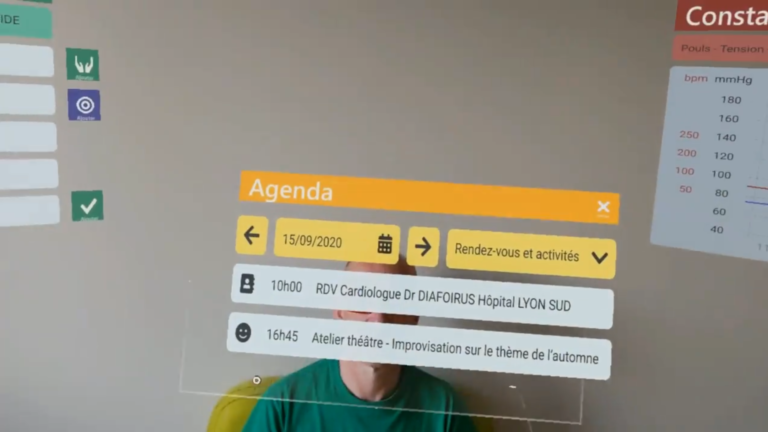
Augmented Reality in HealthCare
This week we responded to a call for projects from the ANS (French Digital Health Agency calls Structure 3.0. We proposed a totally new approach to interact with BL.soins, based on Microsoft Hololens and augmented reality techniques.The project aims at experimenting with augmented reality, its value, and acceptance in health
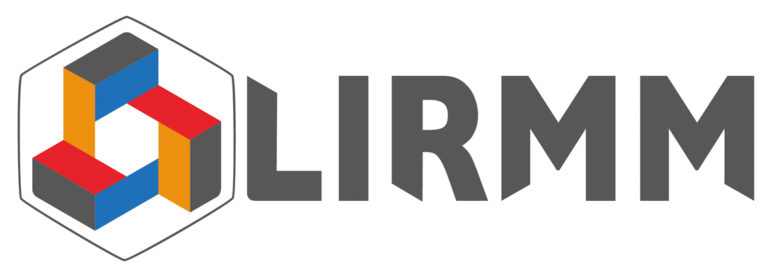
The SoftScanner project: How to trace your front-end automatically?
Following the cooperation of three institutions: the University of Montpellier, the Centre National de Recherche Scientifique, and the Berger-Levrault company, the SoftScanner project is now underway. SoftScanner is a Model-Driven Approach for the Automatic Generation of Optimal Anchoring Configurations for Software System Execution Tracing Operations. Context and Problem Developers write
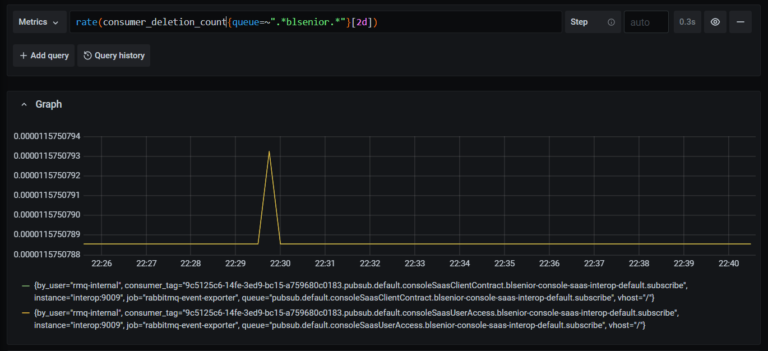
Why your Interoperability needs to be monitored
BL MOM and RabbitMQ Interoperability is one of the key challenges for enterprise information systems engineering. The lack of interoperability among applications and their sub-systems is a critical issue that can affect the overall quality of service. Data interoperability is implemented through data transport and exchange systems, the latter must
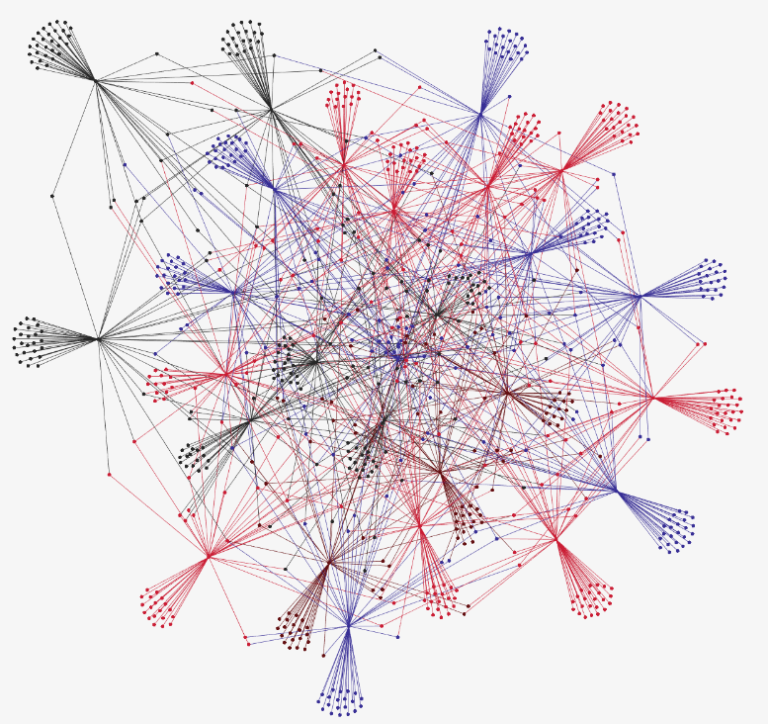
Building an Ontological Knowledge Base from Berger Levrault Editorial database
Context Ontologies are widely used in information retrieval (IR), Questions/Answers, and decision support systems, and have gained recognition as they are now being considered the new answer to semantic interoperability in modern computer systems and the next big solution for knowledge representation. The structuring and management of knowledge are at

Scientific paper accepted at the QUATIC 2020 conference
A few weeks ago, 3 DRI engineers had their paper accepted in the QUATIC 2020 conference. QUATIC 2020 is the 13th conference on the Quality of Information and Communications Technology, which will take place on September 8-11, 2020. The selected paper is about: “Challenges for Layout Validation: Lessons Learned”. As
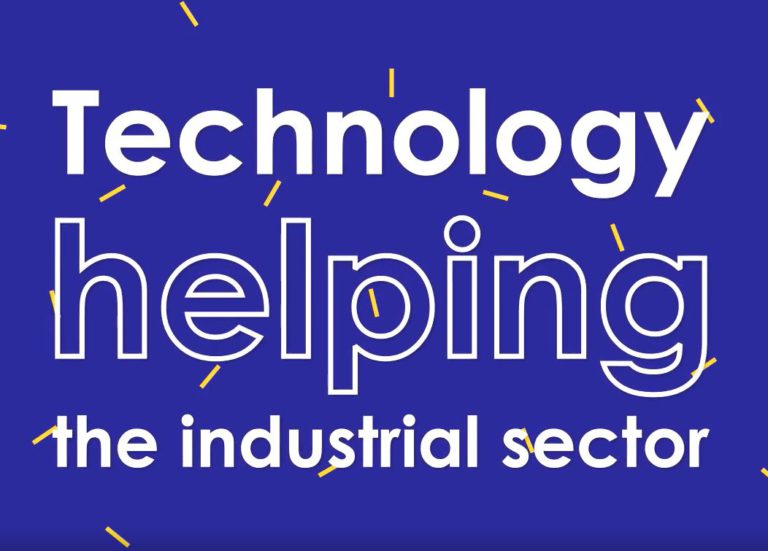
Adaptative Maintenance: CARL’S IoT Platform
In 2016, industrial customers have asked us about our vision of the industry of the future, and in particular the maintenance function.We set up a working group including 3 major industrial accounts to study the impact of the Plant 4.0 concept on maintenance: digital tools, organization, skills, new business models,
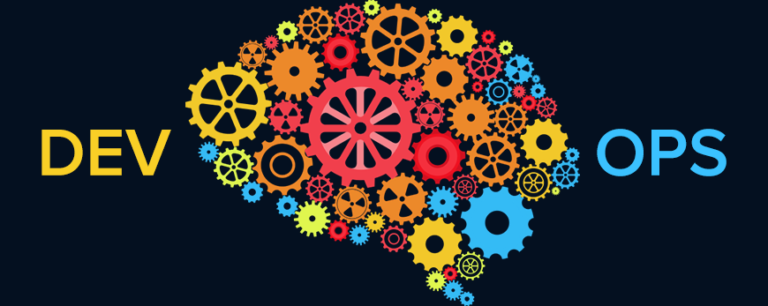
DevOps & Middleware: a new project to facilitate the management of our deployments and enhance their reliability
A new collaboration project has been initiated with the team Spirals of INRIA Lille laboratory. In this project, we want to address the steering, orchestration, and maintenance mechanisms for our applications’ packaging, delivery, and deployment activities. The lack of formalization and traceability on the actions that are carried out for
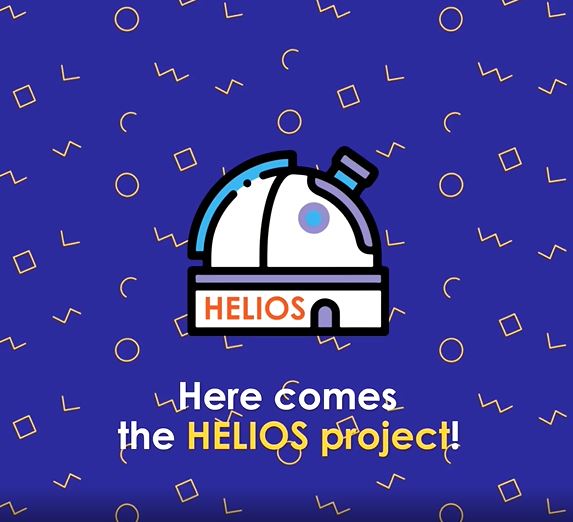
The Helios Project
A few weeks ago, the DRIT began working on a particularly innovative project that should be useful to us all: The Helios project.The ambition is to build an automatic observatory that collects, sorts, and classifies information from the net. The system is intended to be flexible and should enable us

Knowledge at your fingertips: Building an Ontological Knowledge Base from our Editorial database
Our times are increasingly influenced by the prevalence of large volumes of data. These data most often hide great human intelligence. This intrinsic knowledge; whatever the field; would allow our information systems to be much more efficient in the processing and interpretation of structured and unstructured data. For example, the
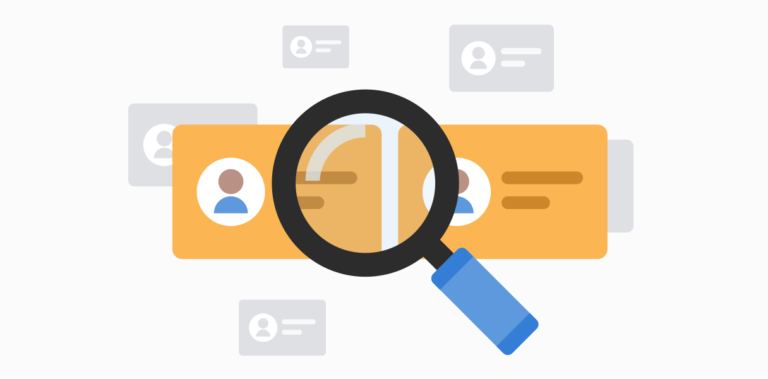
Automating the Detection of Duplicates in our Databases
Today’s complex applications for knowledge extraction and data mining use heterogeneous and distributed data. In this context, the quality of any decision depends on the quality of the data used. In fact, with the lack of accurate and reliable data, bad decisions can be made. In order to provide a
